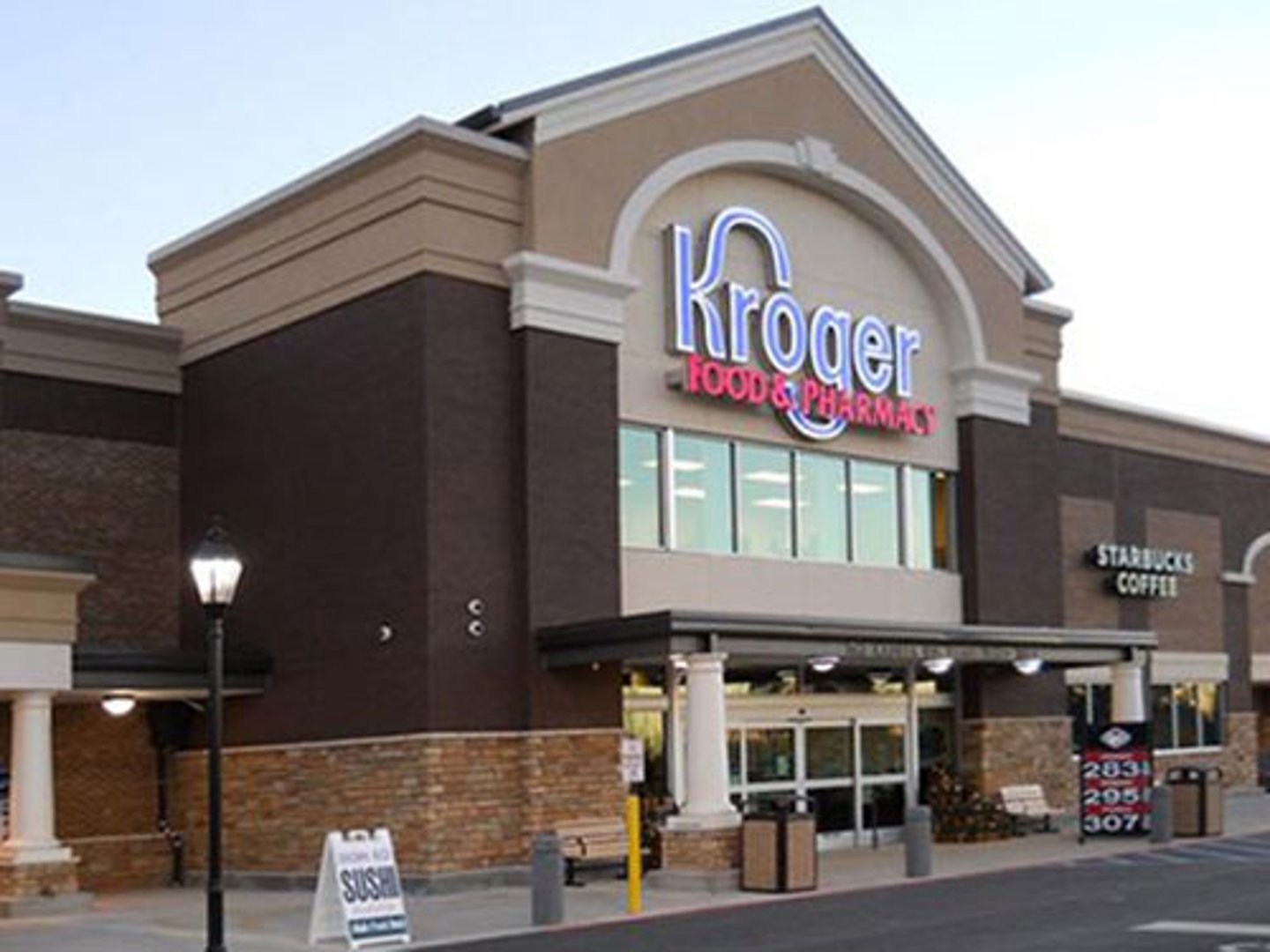Kroger beats Street with Q2 earnings, revenue
The Kroger Co. is raising its fiscal year guidance after a generally strong second quarter of fiscal 2022.
The grocery giant reported total company sales of $34.6 billion, up 9% from $31.7 billion in the prior year period and $200 million more than Wall Street analysts had predicted. Adjusted earnings per share (EPS) totaled $0.90, up 10 cents per share from adjusted EPS of $0.80 in the second quarter of fiscal 2021 and seven cents per share higher than analyst forecasts.
Excluding fuel, same-store sales increased 5.2% compared to the same period in 2021. Digital sales grew 8%. Based on these results, Kroger is raising its full-year guidance. The grocer now expects identical sales without fuel to be in the range of 4.0% to 4.5% and adjusted net earnings per diluted share in the range of $3.95 to $4.05.
"Kroger delivered strong second-quarter results propelled by our ‘Leading with Fresh and Accelerating with Digital’ strategy,” said Kroger CEO Rodney McMullen. “We are incredibly thankful for our dedicated associates who continue to deliver a full, fresh and friendly customer experience.
“Our consistent performance underscores the resiliency and flexibility of our business model, which enables Kroger to thrive in many different operating environments. We are applying technology and innovation to improve freshness, grow Our Brands, and create a seamless shopping experience so our customers can get what they want, when and how they want it, with zero compromise on quality, selection and affordability.
“We will continue to focus on providing affordable, fresh food to our customers, investing in wages and the associate experience, and creating zero hunger, zero waste communities because when we do those things well, we deliver attractive and sustainable shareholder returns."
Kroger expands digital delivery
According to Kroger, during the second quarter it improved digital delivery sales by 34% year-over-year. The company attributed part of this increase to the nationwide rollout of its two-tier Boost by Kroger loyalty program.
Kroger also cited the expansion of its delivery network with the opening of several customer fulfillment centers (CFCs) and “spoke” facilities that serve as last-mile cross-dock locations in different areas of the country.
Introduced in 2018, the CFC model is a partnership between Kroger and U.K.-based online grocer Ocado Group. It combines vertical integration, machine learning, and robotics with affordable and fast delivery service for fresh food. CFC facilities leverage proprietary technology solutions focused on artificial intelligence (AI) and advanced robotics and automation to create more seamless and efficient fulfillment, picking and delivery capabilities for enhanced digital commerce
In CFCs, more than 1,000 robots traverse giant 3D grids, orchestrated by proprietary air-traffic control systems in the unlicensed spectrum. As customers' orders near their delivery times, the robots retrieve products, which are presented at stations for items to be sorted for delivery via an algorithmic sorting process.
Once completed, orders are loaded into a temperature-controlled Kroger delivery van, which can store up to 20 orders. Machine learning algorithms dynamically optimize delivery routes, considering factors like road conditions and optimal fuel efficiency. Drivers may travel up to 90 miles with orders from facilities to make deliveries.
Based in Cincinnati, Kroger operates 2,800 stores, including more than 100 stores in Southeast Texas and Louisiana, under a variety of banners across the U.S., including Kroger, Fred Meyer, Ralphs, Dillons, Smith's, King Soopers, Fry's, QFC, City Market, Owen's, Jay C, Pay Less, Baker's, Gerbes, Harris Teeter, Pick 'n Save, Metro Market, and Mariano's.


